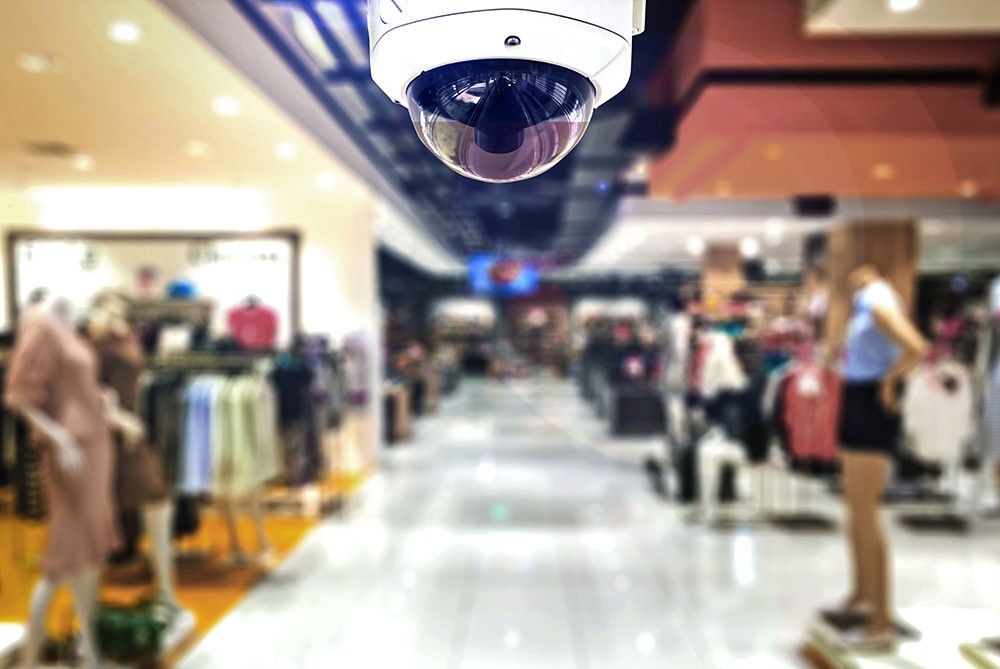
Five things your retail staff need to know about EAS
Although electronic article surveillance might be widely understood by retailers and management, for the staff members and sales associates who use it daily, its use and best practice may not be so well known.
Importantly, staff should be regularly trained in the use of EAS, so they can better utilise and respond to it as a loss prevention tool.
When training new staff or offering a refresher on in-store security, here are five things your staff need to know about EAS…
EAS basics
Electronic article surveillance works on the simple principle that products are affixed with tags or labels which cause an alarm to sound if they pass through the entryway of a store.
These labels and tags are monitored by antenna positioned at the store opening.
In order to get a tagged or labelled item to leave a retail outlet without an alarm sounding, a tag needs to be detached, while a label needs to be deactivated. These detachers and deactivators are commonly located at the Point of Sale
That means some of the regular tasks that staff may have include affixing labels and tags to new products, deactivating labels or removing tags during a sales transaction, and responding to any alarms that the EAS system may sound.
So, here’s a checklist of what they should be educated on to help them use this system effectively.
The system should be checked daily
The EAS antenna that guards the entryway to the store should be checked each day on store opening. This ensures there is power to the system and it lights up correctly to illustrate it’s in use.
Different systems may have different daily requirements, but generally this is a very simple process that clearly indicates the antenna is working correctly.
Deactivators and detachers

In addition to checking the antenna, staff should also check label deactivators are plugged into a power outlet and working properly.
Meanwhile, tag detachers tend to work using strong magnets, which do not require a power source. However, these should be carefully looked after and even affixed to the Point of Sale to ensure they are not a target for theft.
In the wrong hands, tag detachers allow shoplifters to remove tags from items, so their security and care is paramount.
Position matters for labels and tags
When new stock arrives at an outlet, one of the back of house tasks is to affix security labels and tags to items, and it’s important staff understand that position matters when doing this job.
Tags should be affixed in a position where they do not interfere with the customer experience of a garment or item, yet can be easily removed during a transaction and are also visible enough to act as a deterrent.
In the interests of store appeal and product uniformity, many retailers often have policies for where exactly tags should be positioned, so all products look neat and the same.
When it comes to labels, these should be positioned so as not to obscure product information, and in a place that is near the barcode of a product.
This allows staff to quickly scan a product and deactivate the label in the same manoeuvre at the POS.
Alarms mean something
It’s important that staff understand every EAS alarm that sounds in a retail outlet means something and should be responded to.
If alarms are sounding when an item is not being taken, it may indicate products are positioned too close to the antenna, the detection setting of the EAS is too high, or they are encountering tag pollution.
Tag pollution is when a tag or label from another retailer has not been detached or deactivated properly and is brought into a store, causing an EAS alarm to sound.
Most EAS antenna have lights which indicate a tag is inbound rather than outbound, but staff should be educated on what to look for.


